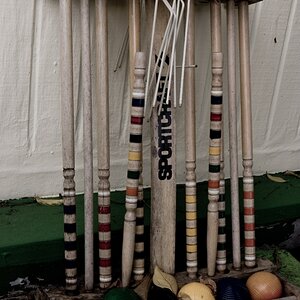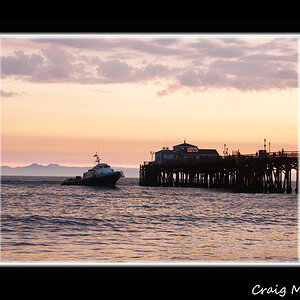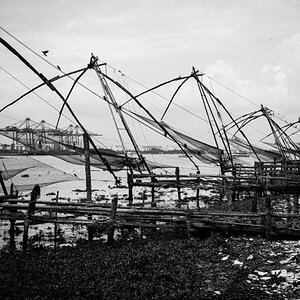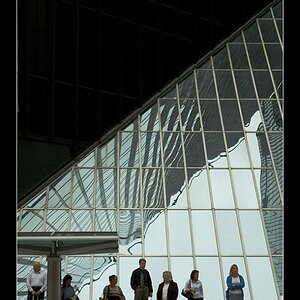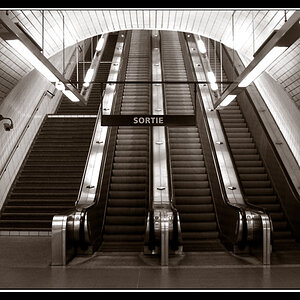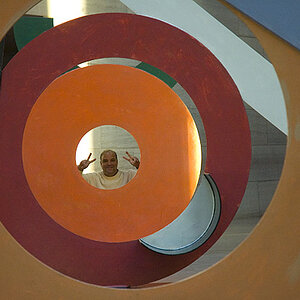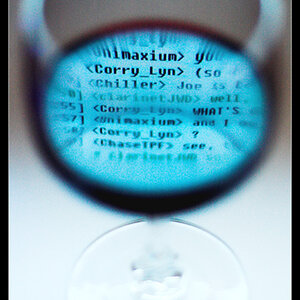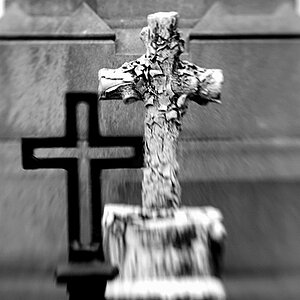TCampbell
Been spending a lot of time on here!
- Joined
- Mar 31, 2012
- Messages
- 3,614
- Reaction score
- 1,556
- Location
- Dearborn, MI
- Can others edit my Photos
- Photos OK to edit
CanonJim said:I agree - most f/f cameras will really shine when paired with better glass, and in some cases they will make iffy glass a little better, but they won't reach their full potential without "decent" or better glass up front. Your EF-S lens(es) will NOT fit on the 6D or any other Canon F/F body. The 6D can 'fix' some CA and geometric distortion on SOME Canon lenses, but not all. What I would do is market your EF-S glass on eBay or Craigslist, and put that money towards a new body/lens kit, like the current Amazon 6D/24-105L kit that I just jumped on, for $2499. Your EF lenses will fit the new body AND your Rebel as well.
I'm going to have to disagree that a full frame camera will make "iffy glass" look better. That doesn't really make sense. Usually when a lens is if poor optical design, it will show most of its flaws around the edges near the outer reach of the image circle... Which is part of a full frame image. APS-C bodies will crop out these flaws on the edges due to the smaller sensor.
I'm going to have to disagree that a FF camera requires better glass than an APS-C camera...I think that in reality, the opposite is true. Why? Well...in tests of identical lenses, on APS-C and on FF cameras, the FF cameras ALWAYS (as in every single time) produce higher resolution figures than the same lenses used on APS-C cameras. Why? Well--it's a total "system"...the lens and its performance, and the physical size of the sensor (in area), and the pixel count...the full-frame sensor is around 2.7 times larger in area than the APS-C sensor...so a 70-200 2.8 Canon lens for example when used on FF out-performs the same lens when used on an APS-C camera. The resolution tests done everywhere show that the larger-sensor cameras "do more" or "record MORE information" than do smaller sensors, when using the same lens.
So, basically, what we see is that FF cameras out-resolve APS-C cameras. Lenses perform BETTER on full-frame cameras than they do on APS-C cameras. With sensors that are approaching three times larger, that means that full-frame cameras really do not "require" good lenses to perform well. The entire "system" favors the larger sensor, to a huge degree. Even with only a moderately decent lens on it, a moderate MP count, Canon 6D sensor, of only 20 Megapixels, out-performs (in multiple metrics of performance) a similar MP-coiunt APS-C sensor camera. This is the same with medium-format sensors, which are MUCH larger, and higher in MP count than APS-C or FF digital sensors, and have lenses with significantly LOWER resolving power than 35mm system lenses. Medium-format lenses, and large format lenses are NOT REALLY what one would call "ultra-high resolution lenses"--and they do not NEED to be because....wait for it, wait for it--because their capture area is so large!!!
Bigger capture areas mean that lenses with lower "performance" do quite well, thank you. It is ultra-small capture formats which require the BEST lenses to do well.
The basis of the idea is that when you look at the MTF graphs for various lenses, you can see the pattern that the "sweet spot" of almost any lens is usually the center axis. As the distance from the center increases, the resolving power of the lens degrades. In any APS-C lens, you only need to control resolving power out to about 13-14mm from center. On a full-frame lens I think the distance is closer to about 22-23mm from center axis.
I think the fear is that a budget quality full-frame lens might skimp and allow the optical quality to degrade horrendously as you get toward the edges and corners.
But this is a generalization. Canon publishes the MTF graphs for their lenses so it's easy to look up the expected performance of any specific model rather than rely on the generalization.
People tend to believe that all "L" series glass is better than all non-L glass. But there are some non-L lenses with amazing optics. I tell people that when you buy an L lens there are usually a lot of other attributes that Canon improves aside from just the optics. They may have a metal body. They may (and usually are) weather-sealed. Often they'll have more aperture blades for more rounded aperture and better quality in the out-of-focus areas (bokeh). Usually L lenses offer constant focal ratios throughout the zoom range (but not all of them.) The list goes on... so it's not necessarily true that the "L" lens is better because it's optics are better.


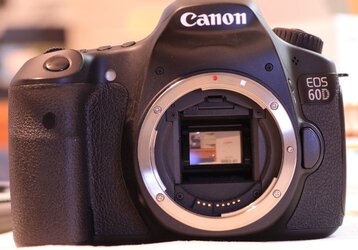
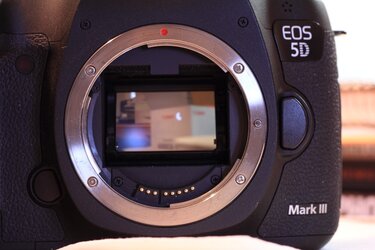
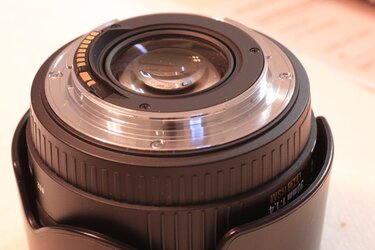
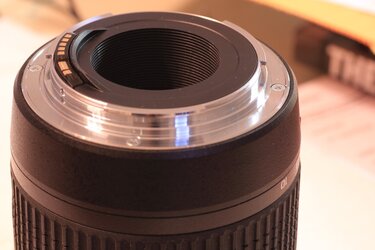
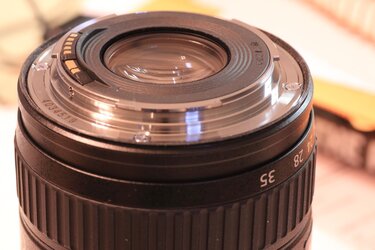
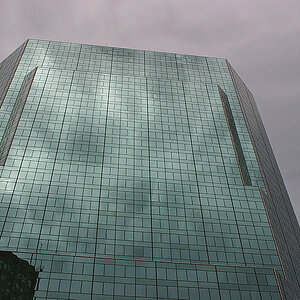
![[No title]](/data/xfmg/thumbnail/37/37606-3c9ffb5906173fa2aa489341967e1468.jpg?1619738148)
